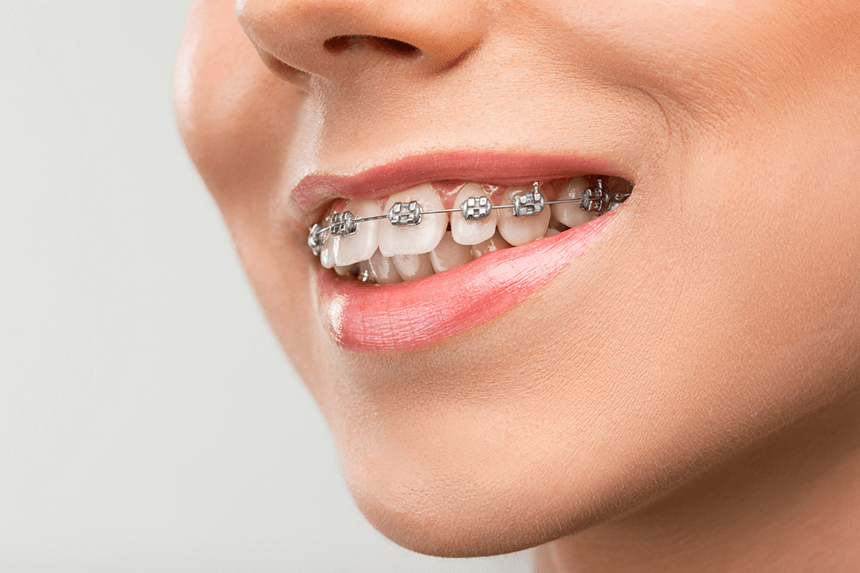Orthodontic treatment helps guide jaw development in children to ensure teeth are in the correct position, while in adults it aims to correct existing misalignment and bite issues.
When is the Best Time to Visit an Orthodontist?
The best time for an initial orthodontic check-up is between the ages of 4 and 5. There is usually no need to worry about the positioning of primary (baby) teeth in children, as gaps between these teeth indicate normal development. However, tight contacts similar to those in adult teeth may signal potential future crowding and misalignment. Permanent teeth start to emerge around ages 6-7, and significant problems are usually not observed until the ages of 7-9 when the incisors come in. It is important for baby teeth to remain in place until they are replaced by permanent teeth. Early referrals to an orthodontist do not always mean immediate treatment; often, it is to monitor potential problems. Jaw issues require early intervention, whereas there is more time to address dental misalignments.
What Types of Orthodontic Treatments Are There?
Orthodontic treatments are divided into two main categories: fixed and removable appliances. Fixed appliances can only be placed and removed by the orthodontist, while removable appliances can be taken in and out by the patient. Fixed appliances, which consist of bands, brackets, and wires attached to the teeth, are the most commonly used type. They can apply different types of movement to multiple teeth simultaneously and require less patient compliance since they are bonded to the teeth and remain in place.
Can Adults Undergo Orthodontic Treatment?
Yes, adults can also undergo orthodontic treatment as teeth can be moved at any age. Although increased age may prolong the treatment duration and add some challenges, the health of the supporting tissues is more critical to the treatment’s success than the patient’s age.
Why is Orthodontic Treatment Necessary?
Orthodontic treatment corrects bite irregularities that can cause jaw joint pain, sounds, or other problems. Proper alignment of teeth prevents excessive stress during function and is crucial for maintaining oral health, preventing cavities, and periodontal disease. Misalignments tend to worsen with age, leading to more pronounced aesthetic and functional issues over time.
Orthodontic Treatment Retention
After orthodontic treatment, a secondary phase called “retention” is necessary. During this phase, it is crucial to ensure that the teeth maintain their new positions and adapt within the balance of the tongue, lips, and cheeks. Without proper retention, the teeth may revert to their original positions. Retention can involve bonded wires on the back of the teeth, removable plates, or clear plastic retainers. This phase can vary in duration depending on the initial misalignment and can sometimes be required long-term.
Care During Orthodontic Treatment
* Before starting orthodontic treatment, all cavities and gum diseases must be treated.
* Whether using fixed or removable appliances, maintaining oral hygiene is crucial.
* If using removable appliances, they should be taken out, and the teeth should be brushed after meals. Similarly, the hygiene of the appliance must be maintained. For fixed appliances, special orthodontic brushes should be used to clean food particles from around brackets and wires after meals. Neglecting oral hygiene can lead to cavities and gum problems.
* Orthodontic treatment is lengthy and requires monthly check-ups. Therefore, the patient must be motivated and keep all appointments.
* Any breakage, detachment, or damage to the appliances should be promptly addressed by the orthodontist to avoid negatively affecting the treatment.
* Retention is crucial for maintaining the new positions of the teeth, and adherence to this phase is essential.

